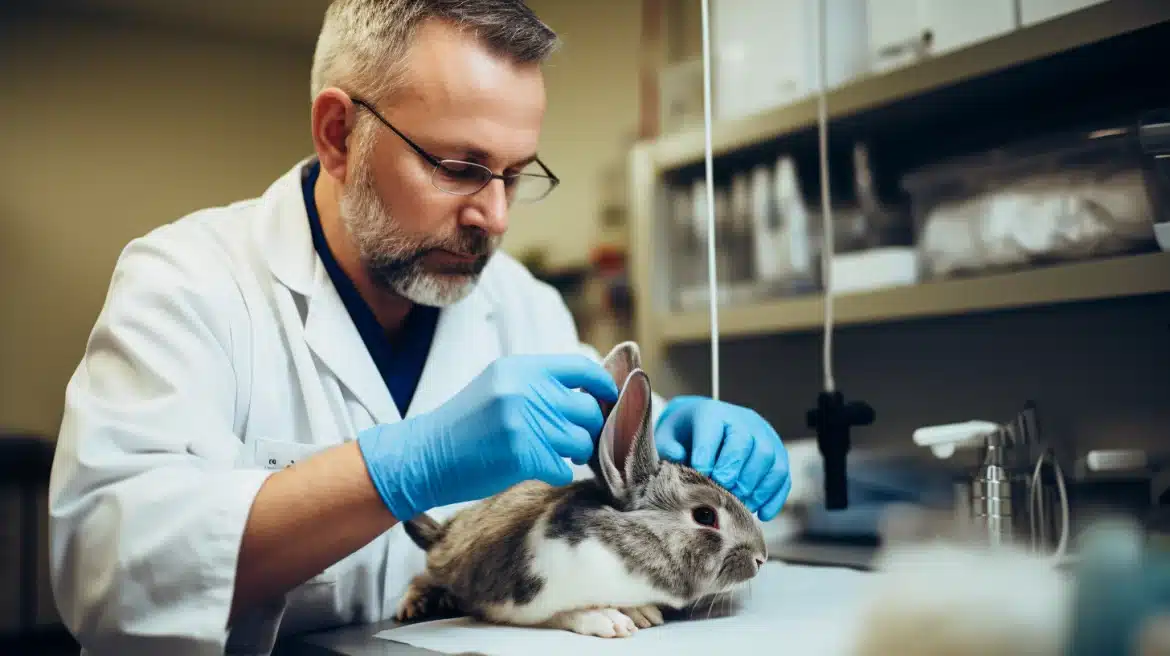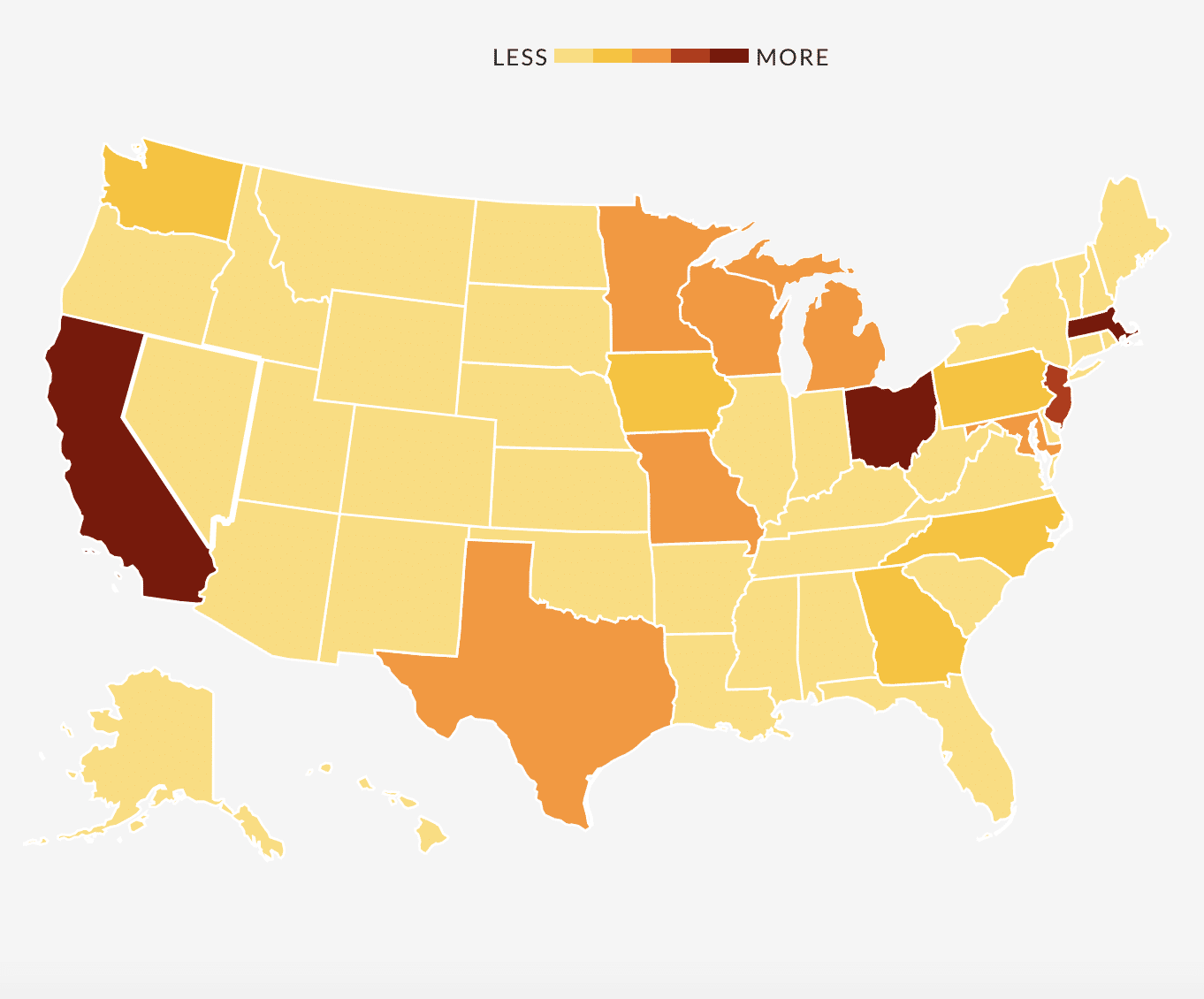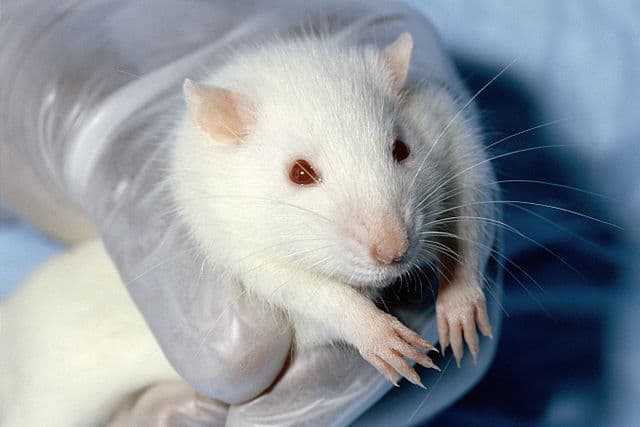The culture of having pet animals in our homes has been a long-standing practice in American households and globally.
Animals have now become an integral part of our families, a practice that is on an exponential hike.
Cats and dogs are two of the most prominent animals people desire to have as pets.
In addition to the widespread love for cats and dogs, there’s a growing interest in diverse types of pets, especially those with names that start with ‘f.’
If you’re curious about such pets, our article on ‘Animal with F‘ delves into some captivating creatures.
However, parallel to this trend, it is equally essential to note that the use of animals in testing facilities is also on the rise.
With the adoption of animals as pets, it is quite hard to consider them, especially cats and dogs, to be used as testers in these centers for experiments on drugs meant for humans.
However, this is on an incessant rise and so common that it is hard to consider the magnitude at which it is being practiced.
In this article, we will address a few issues about the range of animal testing and the number of facilities centers in the US.
Animal Testing Facilities in the US
This practice is common even from the time you can think of and has been going on for decades.
Based on a survey conducted by the United States Department of Agriculture (USDA), over 1,000,000 dogs, monkeys, and cats, including other warm-blooded animals, are used for testing.
This number of animals are brought to testing centers across the US alone.
Now, the biggest question is to oversee the facilities and the caretakers in these centers. Let us take a detailed look at it.
APHIS and the Animal Testing Center in the US
The complete monitoring of animal testing in the entire US is governed under the Animal Welfare Act (AWA).
Animal and Plant Health Inspection Service (APHIS) is a dedicated wing falling under the ambit of the USDA, which is responsible for enforcing AWA.
APHIS is responsible for licensing and registering every form of animal business in the country, including circuses, breeding units, and laboratories for animal testing.
APHIS’s role also involves conducting annual inspections, eventually ensuring that all the facilities abide by the regulations mandated under AWA.
However, reports published on PETA.org on ethical practices have clearly stated that the USDA’s top officers have found irregularities in the functioning of APHIS.
The same report has highlighted that there are 100 USDA inspectors to look after over 11,000 testing facilities in the country that have the USDA’s approval.
Out of which, nearly 1200 centers are dedicated to animal experimentation.
The PETA’s involvement with USDA extends far from violation and enforcement of AWA.
Moreover, APHIS is also discharged to look after the regulation of vaccine production and testing of veterinary services.
However, things take a draconian turn on the initial level as the entire experiment costs the lives of millions of animals, owing to fulfilling the requirement to undertake the testing mandated by USDA.
How Does Animal Testing Impact the Safety of Humans?
After having gone through the detailed nuances around the testing facilities and the status in the US alone.
The pertinent question that is at the fore is how safe animal testing is for humans.
For decades, this question has remained a striking contention between the researchers around these testing centers and the animal rights activists.
Every time, the answer you receive is muddled; one way it can be seen is that what works on the animal is not necessary to work on humans. This poses extreme dangers for a few reasons.
There have been several instances where the therapies and drugs that are effective in animals have worked otherwise in humans.
A report on the working of such practices conducted by the FDA found that nearly 92% of drugs approved for testing in humans failed the test for human use.
The same report also detailed that more than half of the total drugs were withdrawn later or were relabeled owing to their threatening effects on humans.
Among all the examples, the drugs on arthritis drug Vioxx are the most common.
Back in 2004, this drug claimed over 60,000 lives in the US alone before being withdrawn from the market. However, another study links the number of deaths close to over half a million (500,000).
Dr. Aysha Akhtar, a renowned neurologist and public health specialist, has voiced her opinion on the massive risk the clinical trials hold.
She said the volunteers are considerably at high risk, adding, “If you were volunteering for a clinical trial, there is more than 90 percent chance that the drug that tested safe and effective in animals will be ineffective or unsafe in you.”
The Irregularities
Even after countless animals are killed every year in laboratories all over the globe, most countries have blatantly violated the basic regulatory measures to protect the animals from suffering.
Regarding the case associated with the US, the species most commonly used in experiments include mice, rats, birds, reptiles, fish, and various amphibians, constituting 99% of the total laboratory animals.
However, these are specifically marked under an exemption from the minimal protections of the Animal Welfare Act
Several laboratories that only bring these species are legally exempt from providing animals with pain relief or veterinary care.
Apart from that, these centers are also exempted on various parameters, which include:
- Searching for alternatives to animal use.
- Institutional Committee Review Experiments.
- To be inspected by USDA
Different estimates showcase that over 800 such laboratories in the US are not subject to federal laws or any form of inspection.
This exemption is granted only because their experiments are conducted on mice, rats, and other animals, the usage of which is majorly unregulated.
Wrapping it Up
Due to the broad discrepancy and regulations, the precise number of animal testing facilities in the US is difficult to note. Brewerton Animal Hospital offers compassionate care for pets in the community, emphasizing their well-being beyond the confines of testing facilities.
The contention between the research wings and animal rights activists is rampant and has instigated debates on different footing at different points.
It is high time that the government needs to develop stringent measures and laws compelling testing centers to adopt the guidelines and ensure the safety of animals in the best possible terms.
However, it is more important to check for animal alternatives in these testing centers on a larger canvas or at least decrease the total number of life losses through it.



